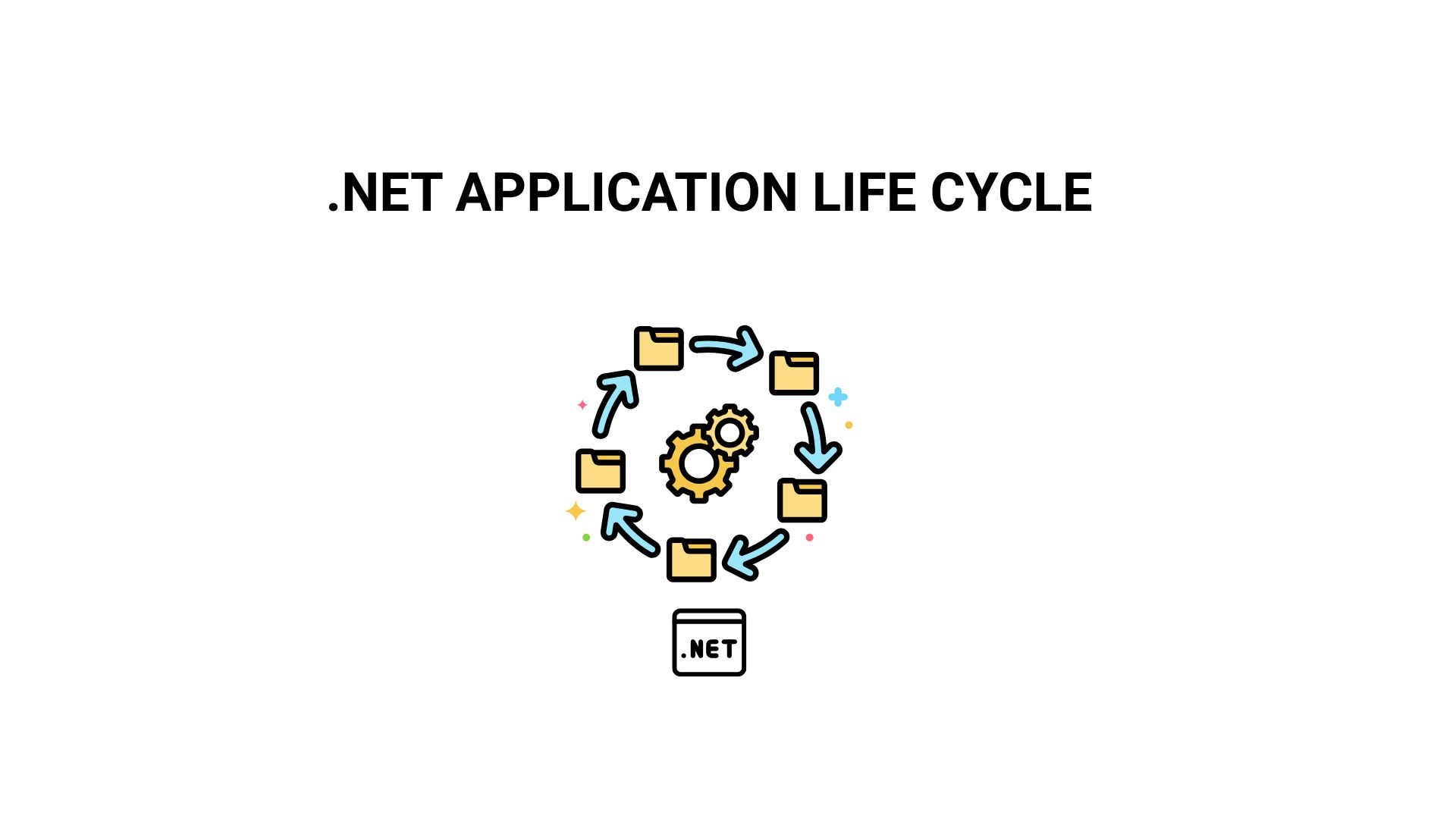Understanding the .NET Application Life Cycle
When building software with the .NET framework, understanding the application life cycle is essential for designing efficient, maintainable, and reliable applications. The life cycle defines the sequence of events that occur from the moment an application starts until it shuts down. Whether you are developing a desktop, web, or mobile application, the .NET life cycle provides a structured flow for how your code is loaded, executed, and terminated.
This article explains the .NET Application Life Cycle in detail, with a particular focus on ASP.NET Web Applications, since they have a more distinct and structured cycle compared to desktop applications.
1. What is the .NET Application Life Cycle?
The .NET life cycle refers to the stages an application passes through during its execution. It defines how requests are processed, how resources are allocated, and how responses are generated. Understanding these stages helps developers:
-
Improve performance by optimizing key events.
-
Debug efficiently by knowing where errors occur.
-
Write cleaner code by separating logic into the right life cycle stages.
For web applications, the life cycle involves both Application-level events and Page-level events.
2. The ASP.NET Application Life Cycle
In ASP.NET, the application life cycle begins when a user makes an HTTP request and ends when a response is sent back to the browser. It consists of the following major phases:
Phase 1: Application Start
When the first request hits an ASP.NET application, the application starts.
Key actions in this phase include:
-
Application Domain Creation: ASP.NET creates an application domain to isolate the application from other applications running on the server.
-
Loading of Global.asax: The
Global.asaxfile is executed, which contains event handlers likeApplication_Start. -
Initialization of Application State: Resources such as caches, configurations, and global variables are set.
Event Triggered:Application_Start — This is where you place code that runs only once when the application starts (e.g., loading configuration data).
Phase 2: Request Processing
Once the application is running, each request follows a pipeline of events before generating a response.
-
BeginRequest: Triggered when a request is received. It’s often used for logging or security checks.
-
AuthenticateRequest: Verifies the identity of the user making the request.
-
AuthorizeRequest: Checks whether the authenticated user has permission to access the requested resource.
-
ResolveRequestCache: Checks whether the requested page is already cached to skip unnecessary processing.
-
MapRequestHandler: Determines the handler (e.g.,
PageHandler,MvcHandler, or API controller) that will process the request. -
AcquireRequestState: Retrieves session state data if required.
-
ExecuteRequestHandler: Executes the request handler logic (for example, rendering a page or running an API method).
-
ReleaseRequestState & UpdateRequestCache: Saves any changes to session state and updates the cache.
-
EndRequest: Cleans up resources before sending the response.
Phase 3: Page Life Cycle (For Web Forms)
If the request is for an ASP.NET Web Form (.aspx page), the page has its life cycle:
-
Page Initialization (
Init): Controls are initialized, but no data is loaded yet. -
Load: Page data is loaded from sources like databases.
-
Validation: All controls that require validation are checked.
-
PostBack Event Handling: Handles events such as button clicks.
-
Rendering: HTML markup is generated and sent to the browser.
-
Unload: Page resources are released from memory.
Phase 4: Application End
When the application domain is unloaded (e.g., due to server shutdown, deployment, or idle timeout), the Application_End event is triggered.
-
All resources, such as database connections and file handles, are released.
-
Session state may be saved or discarded.
-
Any cleanup logic is executed.
3. Importance of Understanding the Life Cycle
Knowing the .NET life cycle helps you:
-
Optimize Performance: By placing resource-heavy operations in the correct stage, you reduce unnecessary processing.
-
Avoid Errors: Initializing variables or accessing resources too early or too late in the cycle can cause runtime issues.
-
Maintain Clean Code: Separating logic across the right events makes code more readable and maintainable.
For example, if you need to load application-wide settings, you should use Application_Start.
4. Conclusion
The .NET application life cycle is more than just a technical process; it’s the backbone of how applications handle requests, manage resources, and deliver responses. Whether you’re working on a simple web form or a complex enterprise application, mastering the life cycle ensures better performance, cleaner architecture, and fewer bugs.
By understanding when and where to place your code within the cycle, you gain more control over your application’s behavior and create solutions that are both efficient and maintainable.





